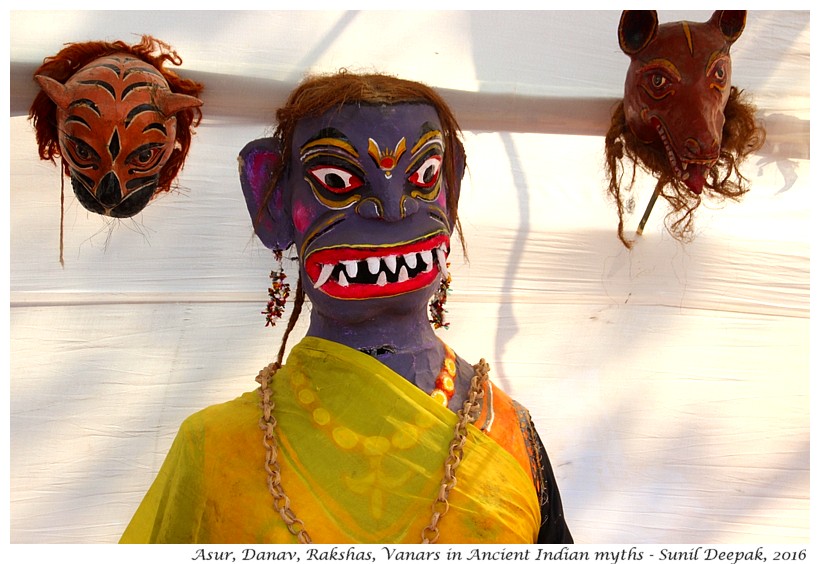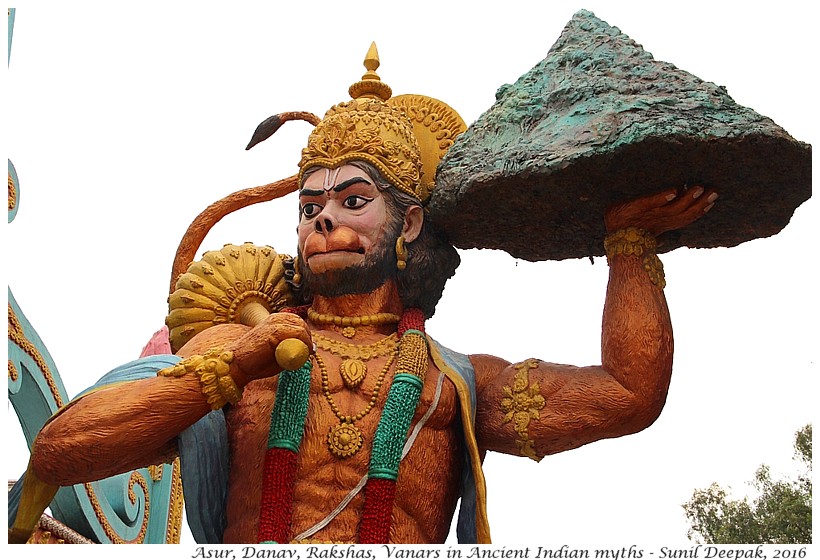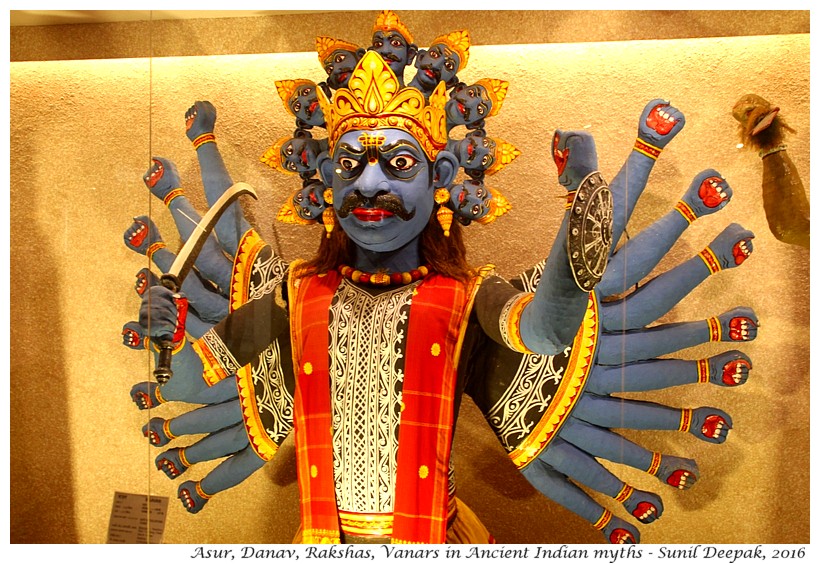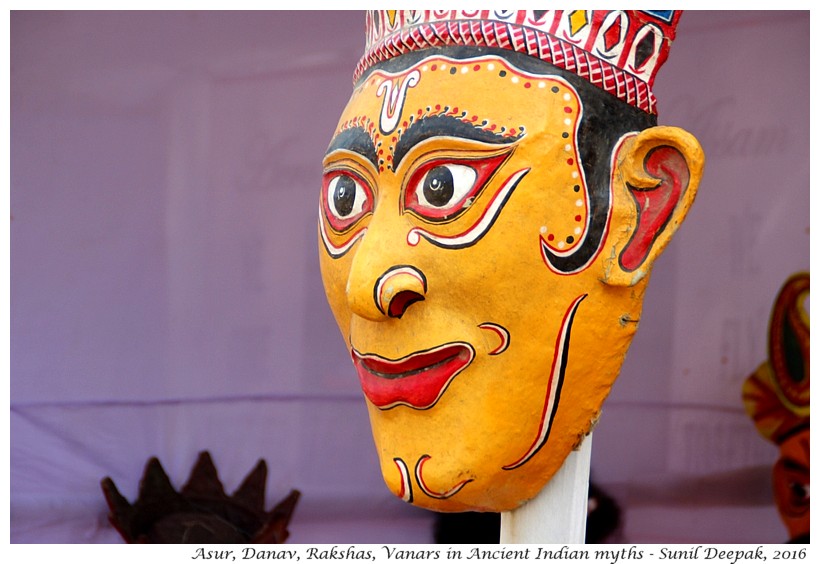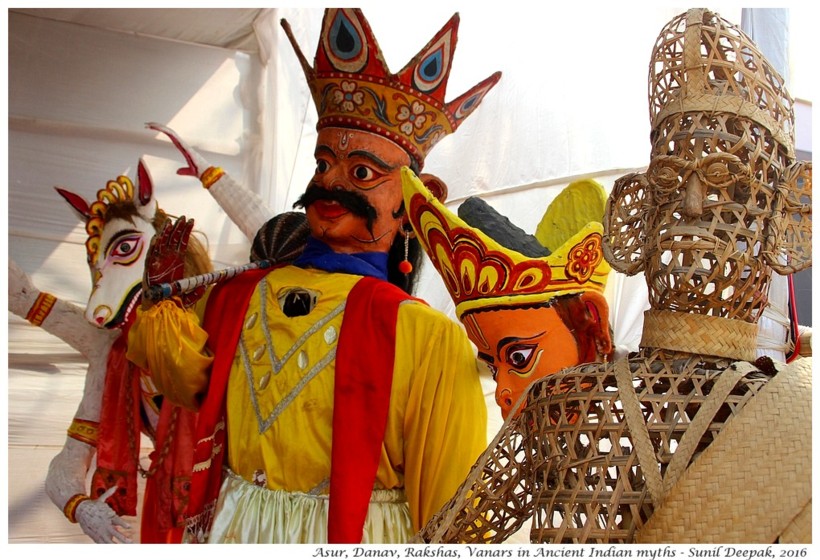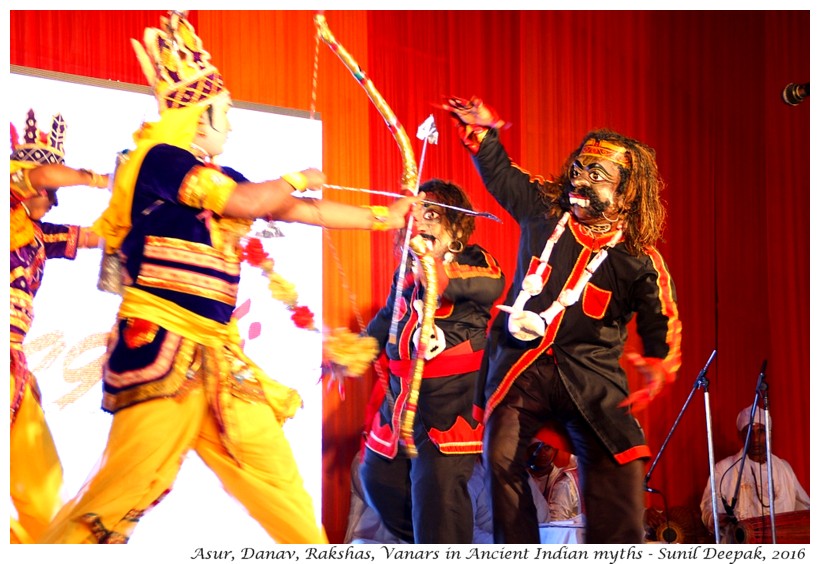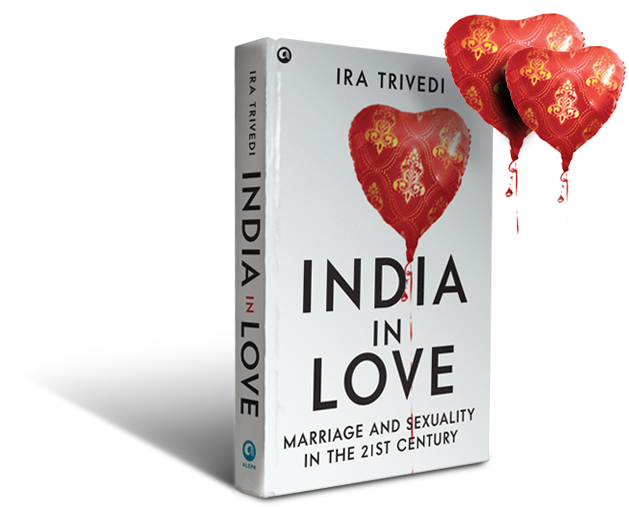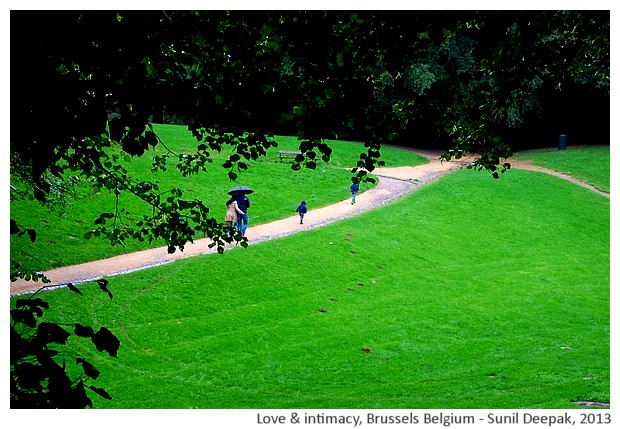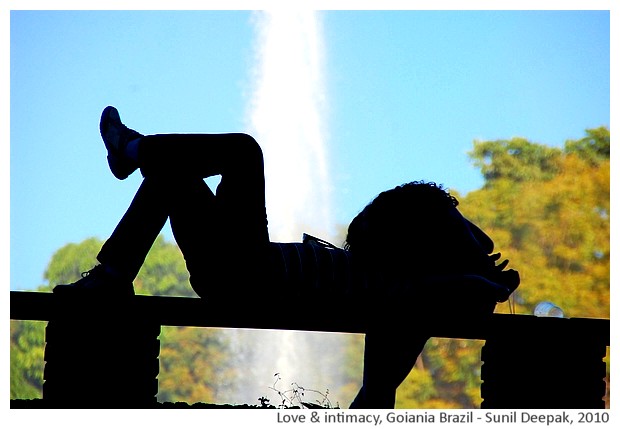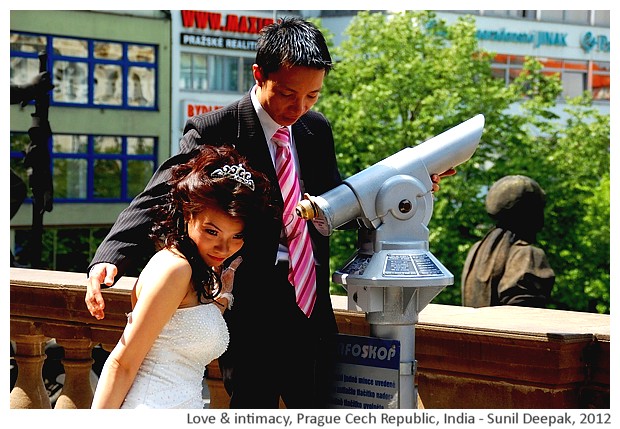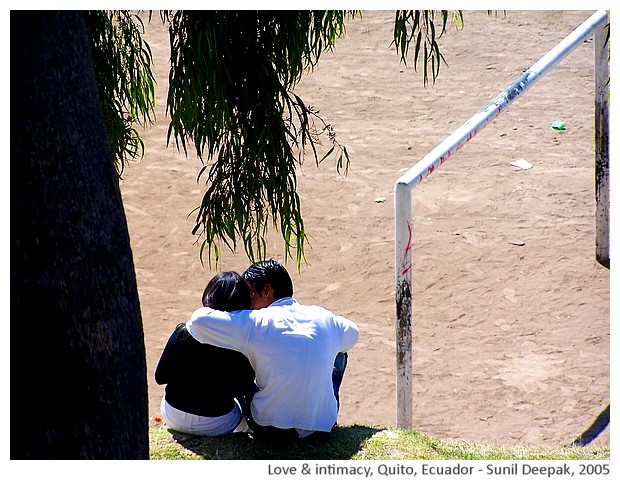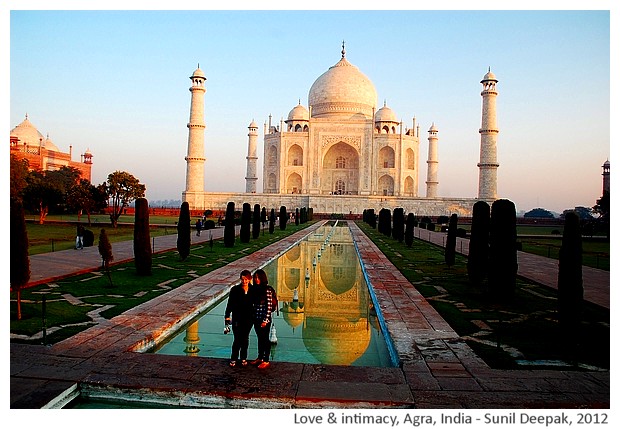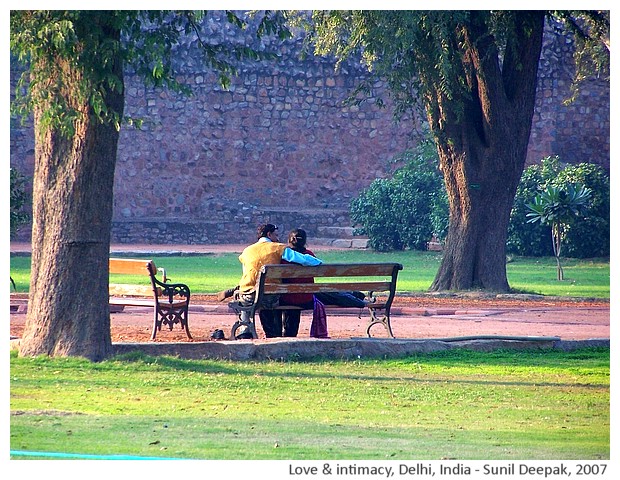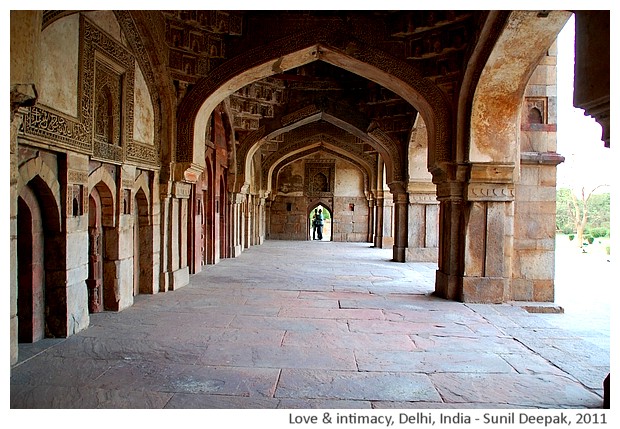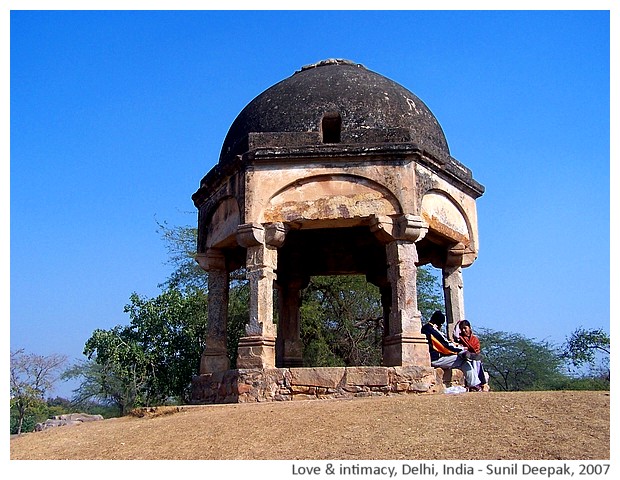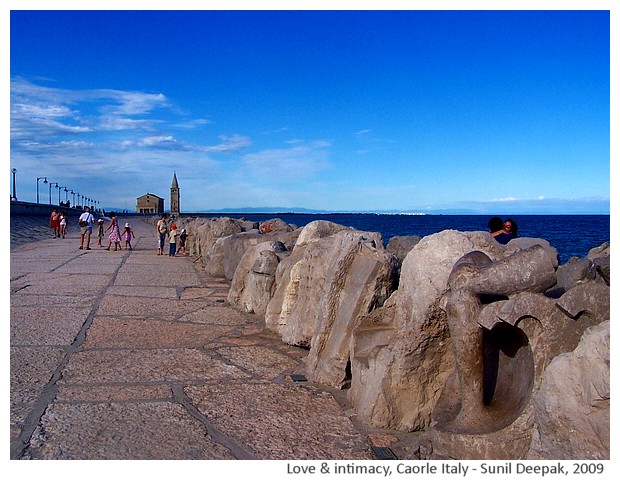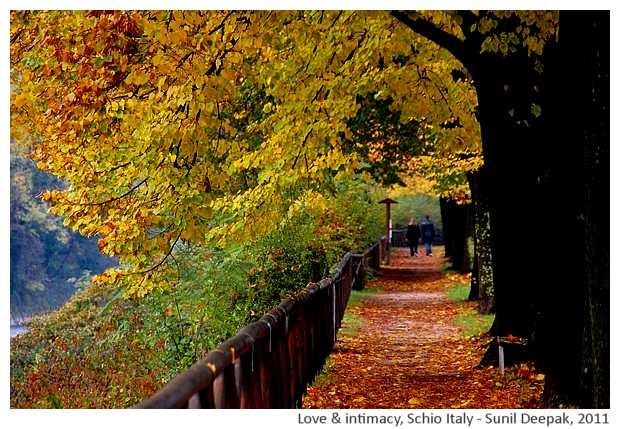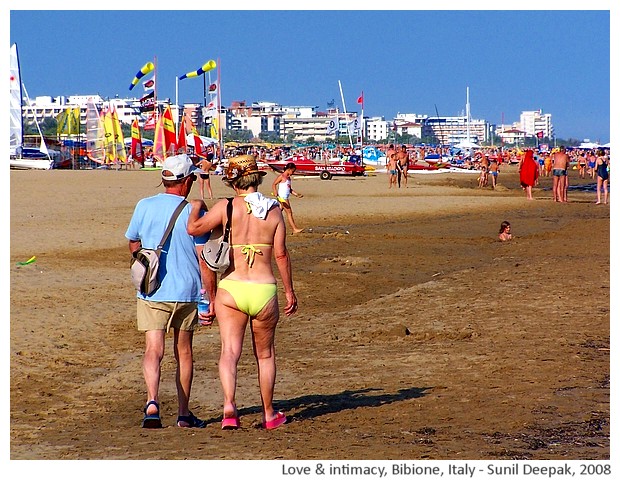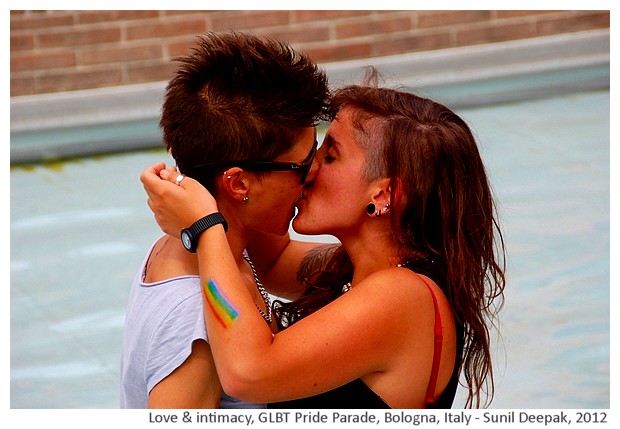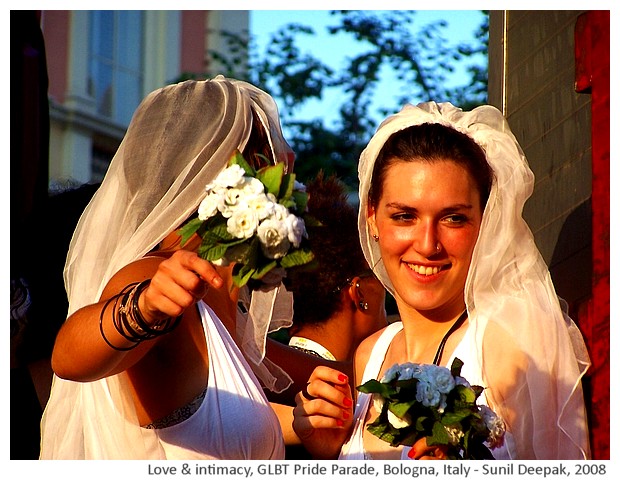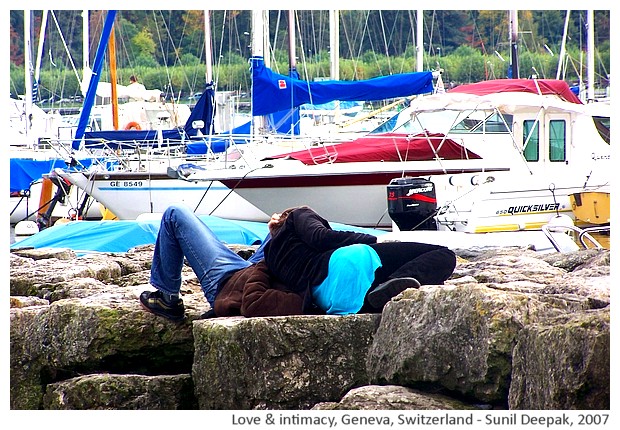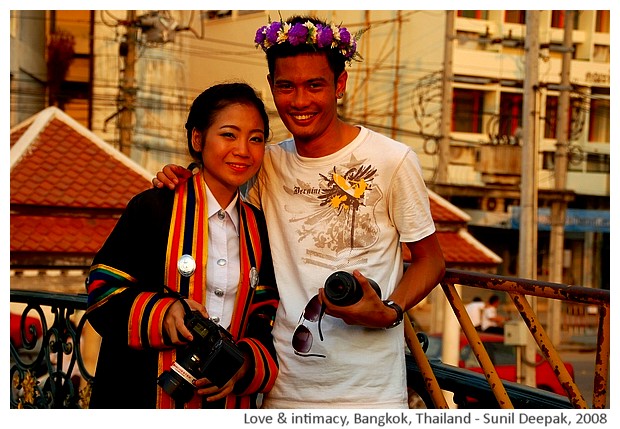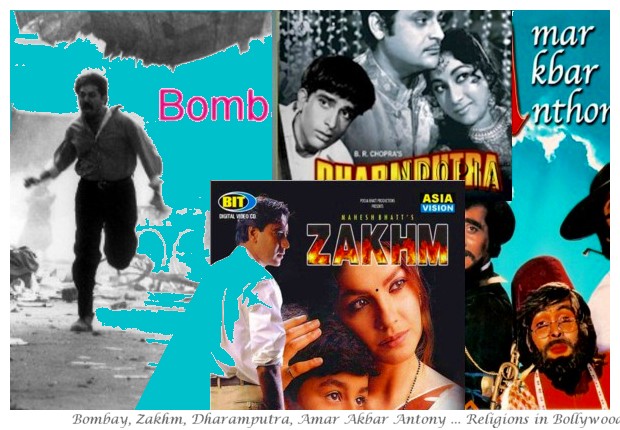I have been involved in Emancipatory Disability Research (EDR) initiatives in different parts of the world. The goal of Emancipatory Research is to promote empowerment of marginalised people. Therefore, it is important to ask ourselves what is empowerment? Can it be promoted? If yes, how?
This post talks about some ideas of empowerment and how it can be promoted. It includes ideas from some of my discussions with young persons with disabilities in Mongolia during 2017-2020, who had taken part in an emancipatory research.
Emancipatory Research (ER)
Normally the main goal of a research is to gain new knowledge or new understandings. The main goal of a Emancipatory Research (ER) is to help marginalised persons to gain understanding about factors which cause or worsen their marginalisation.
ER can be done by individuals (IER) or by groups or communities (CER) of marginalised persons. My professional experience relates mainly to ER conducted by groups of disabled persons.
From my experiences, my understanding is that each kind of marginalisation and thus, each specific group of marginalised persons (for example, persons with mental health issues, sex workers, persons with alternate sexualities, persons with disabilities, etc.) is associated with specific kinds of barriers - such as attitudinal, social, economic, legal, cultural and physical barriers. Each kind of marginalised group also also needs to understand its own internalised barriers (barriers located in the persons themselves).
I would like to see more research in this area of differences and similarities in barriers faced by different marginalised groups.
The ER process can help in promoting a systematic collective examination of the different barriers in understanding how they affect their individual life-experiences. The ER process conducted jointly by a group of persons facing similar marginalisations can also help in finds ways and strategies to overcome those barriers.
Apart from its impact on the barriers, this whole ER process is also expected to promote empowerment of the participants. I asked a group of 34 young persons with disabilities in Mongolia about
the meaning and significance of empowerment for them. The following
ideas came out from these discussions.
Meanings of Empowerment
Empowerment can be at individual level and collective level (of groups of people or communities) and of their organisations and institutions. Empowerment of an individual usually means taking control of his/her own life, having opportunities and abilities to make their own life-choices, and, the capacity of speaking out and making their voices heard.
However, persons from different cultures can different expectations from their empowerment because they may make very different life choices. For example, in an individualistic culture, living independently and ability to say whatever we wish may be seen as an important (or even the most important) part of empowerment. In other cultures where family values are seen as more valuable, empowered persons may still prefer to stay with their parents or listen to their elders, instead of insisting on making their own choices, and empowerment may be perceived in their family status and roles.
Zimmerman (1995) proposed that empowerment is both a process and an outcome. He identified different contributing factors of empowerment, such as - control and access to resources, participation with others, and critical understanding of socio-political environment.
I feel that empowerment is a never-ending process and it relates to different facets of life, so that while we may be more empowered in one life-domain, we can still be less empowered in other life-domains. It also means that our life-circumstances can lead to a reduction or strengthening of our empowerment. For example, finding a job or receiving pension and improving our economic independence may strengthen our empowerment.
For an Emancipatory Disability Research (EDR) project in Mongolia conducted during 2017-2020, I asked its participants (young adults with moderate to severe disabilities of different kinds) about the meaning of empowerment and what were the barriers to empowerment for them.
For some of them, empowerment meant overcoming fear of the negative views and opinions of others, in their families, among friends, among peers and in communities. For them the biggest barriers to empowerment were the negative attitudes in the family and in the community.
Others looked at positive qualities to define empowerment, such as having self-confidence, having courage, and to be able to hold responsibility. One person said, “We have to first recognise our own skills and show our skills to others. If we change, we can change attitudes of the society, like Stephen Hawkins did, even if he can’t speak or move.”
For most of them, making independent decisions was a key to empowerment. Most felt that having a work and being financially independent helped in the process of empowerment.
Some persons shared their life stories to explain how they had fought against family attitudes to assert their need for making their own life-decisions. This raised the question about the links between personalities of the persons and their empowerment. Some persons are born fighters, they do not give up and insist on following their decisions, so they are naturally empowered. Others do not have fighting personalities and need help in developing their empowerment skills.
For some persons, parents' love and protectiveness were the barriers to their empowerment. One person said, “Barriers are also inside us, we are sensitive and feel hurt. Lack of accessibility restricts us, forcing us to depend upon others. Going to school is important for empowerment, not only to learn to read and write, but it is an opportunity of meeting others, talking, expressing ourselves, and having friends.”
How would you define empowerment?
On the other hand, I think that when unjust situations change, this may help other persons to become empowered by showing that a change is possible, even if they did not take part in the fight to change the situation.
Another question I ask is: does individual empowerment automatically lead to collective empowerment? If a group of empowered persons agree and come together to fight, then they can be more effective in changing the unjust situation. However, if persons are individually empowered but do not agree with each other, and do not come together to change the situation, then probably there will not be any collective empowerment. I see collective empowerment as a process of inter-action and exchange between persons.
Empowerment means not just getting respect for your decisions, but also respecting the others by listening to them and allowing them to make their decisions. It also means accepting that sometimes, some of us can also decide that we do not wish to make our own decisions.
Zimmerman (1995) proposed that empowerment is both a process and an outcome. He identified different contributing factors of empowerment, such as - control and access to resources, participation with others, and critical understanding of socio-political environment.
I feel that empowerment is a never-ending process and it relates to different facets of life, so that while we may be more empowered in one life-domain, we can still be less empowered in other life-domains. It also means that our life-circumstances can lead to a reduction or strengthening of our empowerment. For example, finding a job or receiving pension and improving our economic independence may strengthen our empowerment.
Meanings of empowerment for Persons with Disabilities
Different groups of marginalised persons may have different ideas about empowerment. For example, for persons with disabilities, physical and material barriers such as lack of wheel-chairs, lack of ramps and lifts, lack of sign language translation, and lack of Braille materials are a very significant barrier and findings ways to overcome these barriers will play an important role in their empowerment.
For some of them, empowerment meant overcoming fear of the negative views and opinions of others, in their families, among friends, among peers and in communities. For them the biggest barriers to empowerment were the negative attitudes in the family and in the community.
Others looked at positive qualities to define empowerment, such as having self-confidence, having courage, and to be able to hold responsibility. One person said, “We have to first recognise our own skills and show our skills to others. If we change, we can change attitudes of the society, like Stephen Hawkins did, even if he can’t speak or move.”
For most of them, making independent decisions was a key to empowerment. Most felt that having a work and being financially independent helped in the process of empowerment.
Some persons shared their life stories to explain how they had fought against family attitudes to assert their need for making their own life-decisions. This raised the question about the links between personalities of the persons and their empowerment. Some persons are born fighters, they do not give up and insist on following their decisions, so they are naturally empowered. Others do not have fighting personalities and need help in developing their empowerment skills.
For some persons, parents' love and protectiveness were the barriers to their empowerment. One person said, “Barriers are also inside us, we are sensitive and feel hurt. Lack of accessibility restricts us, forcing us to depend upon others. Going to school is important for empowerment, not only to learn to read and write, but it is an opportunity of meeting others, talking, expressing ourselves, and having friends.”
How would you define empowerment?
Some Questions
One question in my mind is: does collective empowerment automatically lead to individual empowerment? If a group of persons undertakes a joint action to correct an injustice and through their efforts they manage to change the situation, I think that it will promote feelings of value and self-confidence among all members of the group. Thus, it will promote both collective empowerment and individual empowerment. However, I feel that those persons who play a more active role will gain more self-confidence and become more empowered. Therefore, group action may promote different levels of empowerment among the group members.On the other hand, I think that when unjust situations change, this may help other persons to become empowered by showing that a change is possible, even if they did not take part in the fight to change the situation.
Another question I ask is: does individual empowerment automatically lead to collective empowerment? If a group of empowered persons agree and come together to fight, then they can be more effective in changing the unjust situation. However, if persons are individually empowered but do not agree with each other, and do not come together to change the situation, then probably there will not be any collective empowerment. I see collective empowerment as a process of inter-action and exchange between persons.
Conclusions
Empowerment can have different meanings for different groups of marginalised persons and across different countries and cultures. It is not a question to which you can answer with a yes or no - it is a process. It starts when we become aware that we can also make our own decisions. It is easier for us if we are economically independent and educated, but that does not mean that without education or financial independence we can’t be empowered.Empowerment means not just getting respect for your decisions, but also respecting the others by listening to them and allowing them to make their decisions. It also means accepting that sometimes, some of us can also decide that we do not wish to make our own decisions.
Meeting others, learning from their life experiences, sharing our doubts and fears are all steps towards empowerment.
As Zimmerman (1995) wrote, “asking why” is a key part of promoting empowerment. Emancipatory Research (ER) approach facilitates groups of marginalised persons to come together, ask questions and understand the reasons behind their life situations, to discuss how to overcome the obstacles they face and thus promotes empowerment.
*****
As Zimmerman (1995) wrote, “asking why” is a key part of promoting empowerment. Emancipatory Research (ER) approach facilitates groups of marginalised persons to come together, ask questions and understand the reasons behind their life situations, to discuss how to overcome the obstacles they face and thus promotes empowerment.
*****









